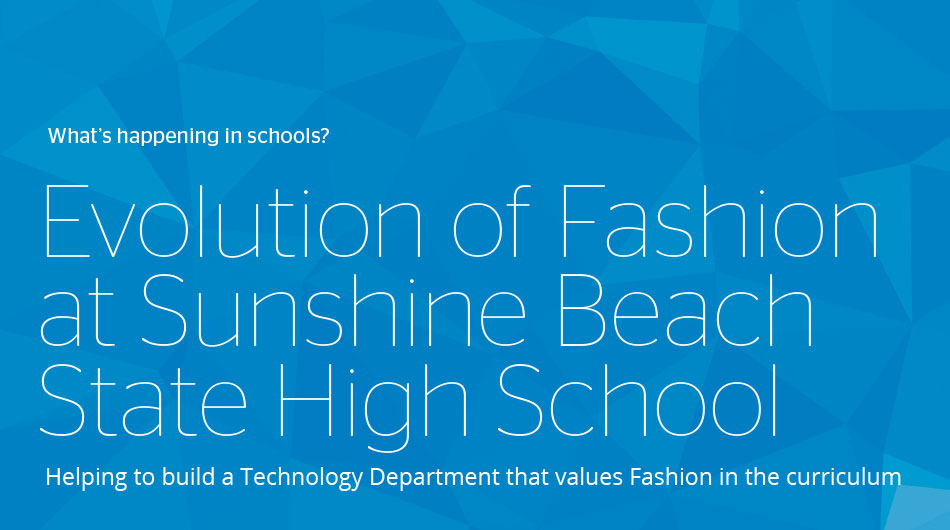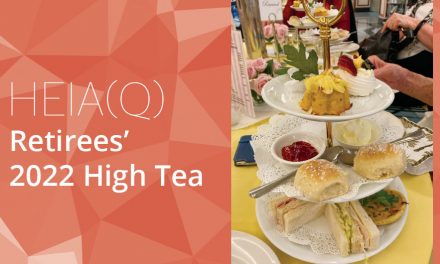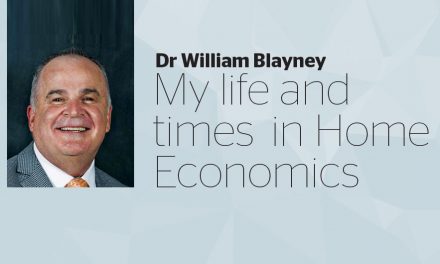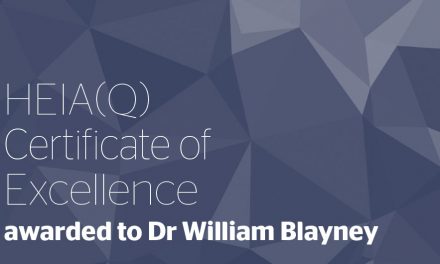Background
As far as back as I can remember Textiles and Design has always been a subject that has gained interest from students. If it wasn’t, I quickly found a way to ignite students’ interest with an engaging curriculum. I have taught Textiles and Design from my first day as an enthusiastic first-year teacher at Wallumbilla State School, to four schools on as an experienced senior teacher at Sunshine Beach State High School. I ignited this passion from learning to sew clothing as a 10-year-old with my grandmother who was a tailoress. My passion to repurpose textile products began there as well.
In Education Queensland, Fashion evolved as a stand-alone syllabus from 2014. I feel this was a turning point for the subject with me and the school really appreciating the subject, as well as students and parents valuing it.
My journey to teaching specialised Fashion started when I commenced delivering Certificate II Applied Fashion Design and Technology through an RTO (registered training organisation) to Senior Fashion in 2008–2010. Our school also encouraged those students who wanted to pursue the Certificate III at our local TAFE (Technical and Further Education). We have a great relationship with TAFE that continues today.
It was very noticeable that we had juniors participating in Textiles and Design who needed a viable and engaging curriculum option for Years 11–12. Our department had delivered Home Economics as a subject but, with low numbers, it ceased to be offered. This spurred me to write, implement and deliver Fashion Studies as a Year 11–12 subject. I could see the potential to write an engaging curriculum that could differentiate students’ ability as well as allowing talented students to develop creatively.


Currently
I have achieved professional gratification watching this specialised area grow over the last 12 years. The subject’s growth has been exponential. This year we have:
• three classes of Year 9 (with 16, 26 and 22 students)
• two very large classes (of 27 and 31 students) in Year 10
• three classes in Year 11
• two classes in Year 12 (averaging 20 students in each).
Year 7 and 8 students participate in Design and Technology and Food and Nutrition. Students can then take Textiles and Design from Year 9 as an elective.
Supporting colleagues
As Sunshine Beach State High School’s Fashion journey continues, the increased need for other teachers to help deliver this specialised subject has become obvious. Collaborating and supporting colleagues is vital to fostering a positive professional environment, not only for the teachers but also for students. I’m dedicated to helping my colleagues increase their skill bases as Fashion teachers. They need support and mentoring so they can deliver the curriculum effectively and consistently.

Points of success
I feel there are a few stand-out points to this success.
The first is an engaging curriculum. The curriculum needs to be written and delivered with experience and expertise in this area. It should have the ability to utilise teacher skills to deliver high-quality outcomes for students. Students need to be extended and taught technical skills. Units/modules need to be constantly evaluated—student feedback is essential to this—and changes adopted as needed. Student feedback was my main criterion when writing units for the 2019 study plan. I amended and extended what worked well and changed what didn’t. This was highly effective in moving forward with my students valuing the assessment pieces.
Secondly, making the subject relate to real-life applications is vital. I have built up valuable connections in our community that allow us to be involved in numerous community fundraising fashion parades such as Koala Gala, Noosa Biosphere fundraisers and Zonta’s Swagger fashion parades fundraiser. Student photoshoots allow them to connect with people in the industry such as hairdressers, makeup artists, stylists, local fashion designers, fashion-magazine editors and photographers. Encouraging and supporting students to participate in competitions—for example, the Australian Wearable Art Festival and Wool4School—allows students to showcase their designs in real-life situations. Our first Melbourne Cup fashion parade was in 2018. This allowed the community to see and appreciate students’ designs and hard work.
Another key point is to develop a school culture that values the subject and the industry. Students learn to value expertise in this area. They choose to take this subject as an elective to learn new skills and to gain the confidence to pursue further career opportunities in this field.
A department is only as strong as the heads of departments and the administration. They can help support goals and future curriculum choices. I have been fortunate to have worked under two heads of department who supported the implementation of the new programs because they could clearly see my vision and the benefit to students in gaining employment in the industry.
I believe that I owe it to my students, their parents and the community to bring consistency, diligence and compassion to this subject, in the hope that I can educate and inspire my students by my example. I keep an open mind and a positive attitude, hoping ultimately to encourage reflective behaviours. Success criteria for me include students producing skilful work and achieving valuable outcomes. The culture at Sunshine Beach State High School reflects my passion for this subject.
Tina Fitzgerald
Sunshine Beach State High School






